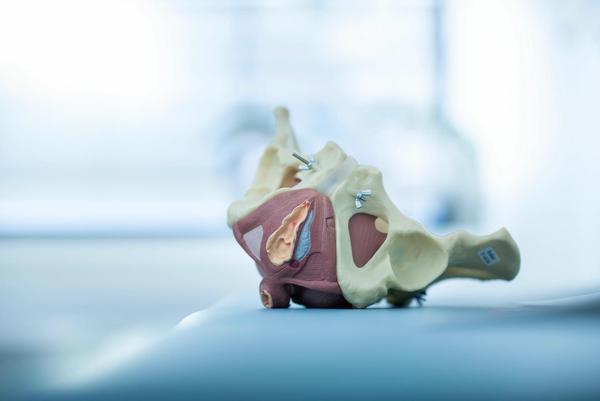Womens health
Our physiotherapists can help you with a number of problems related to the pelvis, abdomen and pregnancy. We meet you with understanding and empathy, and work interdisciplinary to ensure that you get the help you need.
- No referral
- Professional expertise
- Physically in the clinic or over video




